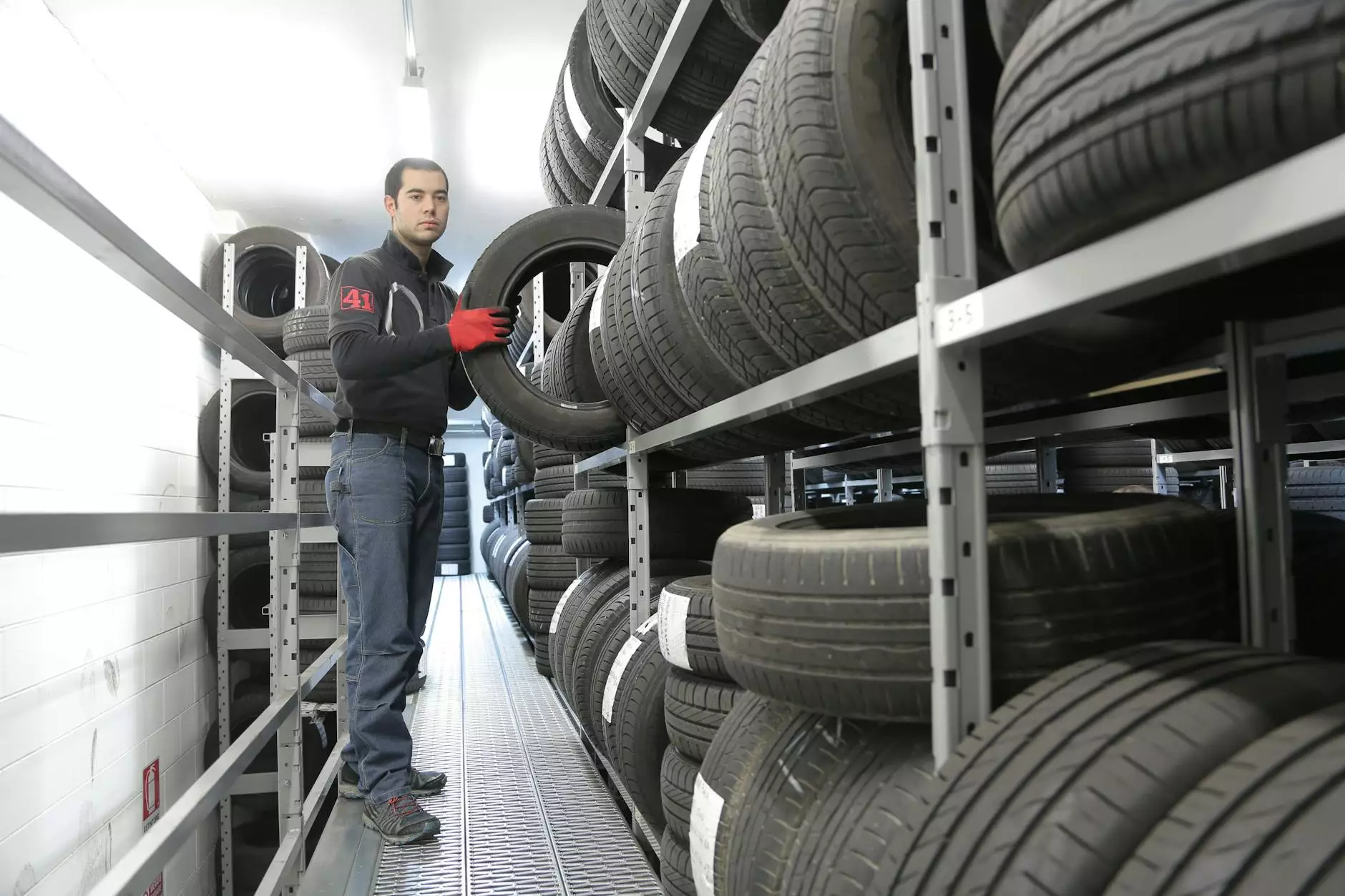How to Store Tires - Expert Tips by St James Self Storage
Storage Tips
As a leader in the business and consumer services industry, St James Self Storage is here to guide you on how to store tires properly. Storing your tires correctly can help extend their lifespan and ensure optimal performance when it's time to put them back on your vehicle. Follow our comprehensive tire storage guide to keep your tires safe, protected, and ready for use.
The Importance of Proper Tire Storage
Properly storing your tires is essential to maintain their structural integrity and performance. Whether you are storing winter tires, summer tires, or spare tires, following recommended storage practices will help prevent damage and maintain optimal tire condition.
1. Clean and Inspect Your Tires
Before storing your tires, ensure they are clean and free from debris, such as mud, road salt, or oil. Use mild soap, water, and a brush to scrub the tires gently. Inspect each tire for any signs of damage, such as cuts, bulges, or uneven wear. Address any issues or concerns with a professional tire technician before storage.
2. Choose the Right Storage Location
Find a suitable storage location that is cool, dry, and well-ventilated. Avoid storing tires near direct heat sources or in areas with excessive humidity. Temperature fluctuations and moisture can deteriorate the rubber compound, leading to premature aging and potential safety hazards.
3. Store Tires Upright or Suspended
When storing tires, it's best to keep them in an upright position or suspended off the ground to prevent flat spots. Using a tire rack or stacking them vertically can help maintain their shape and prevent long-term damage. Avoid storing tires on their tread surface for extended periods.
4. Protect Your Tires from Sunlight
Direct sunlight can cause the rubber to degrade and accelerate the aging process of your tires. If possible, store your tires in a location away from direct sunlight. If exposed to sunlight, consider covering them with a light-colored tarp or using tire bags to shield them from harmful UV rays.
5. Maintain Proper Tire Pressure
Before storing your tires, inflate them to the recommended tire pressure as specified by your vehicle manufacturer. Properly inflated tires help prevent sidewall damage and minimize the risk of flat spots. Regularly check the tire pressure during storage and adjust if necessary.
6. Rotate Tires During Storage
Rotating your tires periodically during storage can help prevent uneven tire wear. Consider rotating them every few months to distribute weight and ensure an even contact patch. This practice is especially beneficial for long-term tire storage.
7. Avoid Chemical Contact
Keep your tires away from direct contact with petroleum-based products, solvents, or strong chemicals as they can deteriorate the rubber compound. Store your tires in an area free from exposure to these substances to prevent potential damage.
8. Use Tire Covers
To provide an extra layer of protection, consider using tire covers or individual tire bags. These covers help shield tires from dirt, dust, and other environmental factors. Ensure the covers are clean and dry before placing them on the tires for storage.
9. Label and Organize
For easy identification and retrieval, label each tire with relevant information such as tire type, date of storage, and any additional notes. Keep your tires organized by storing them in a way that allows easy access without unnecessary handling or moving of other tires.
10. Regularly Check Your Stored Tires
Even during storage, it's important to periodically check your tires for any visible signs of damage or irregularities. If you notice any issues, consult a tire professional for evaluation and necessary repairs.
Conclusion
By following these expert tips from St James Self Storage, you can ensure your tires remain in the best possible condition while in storage. Properly stored tires not only maintain their performance but also reduce the risk of potential safety hazards. Remember to clean and inspect your tires, choose the right storage location, protect them from sunlight, maintain proper tire pressure, rotate them periodically, avoid chemical contact, use tire covers, label and organize them, and regularly check for any signs of damage. With these practices, you'll be able to protect your tire investment and ensure optimal performance when it's time to hit the road again.




